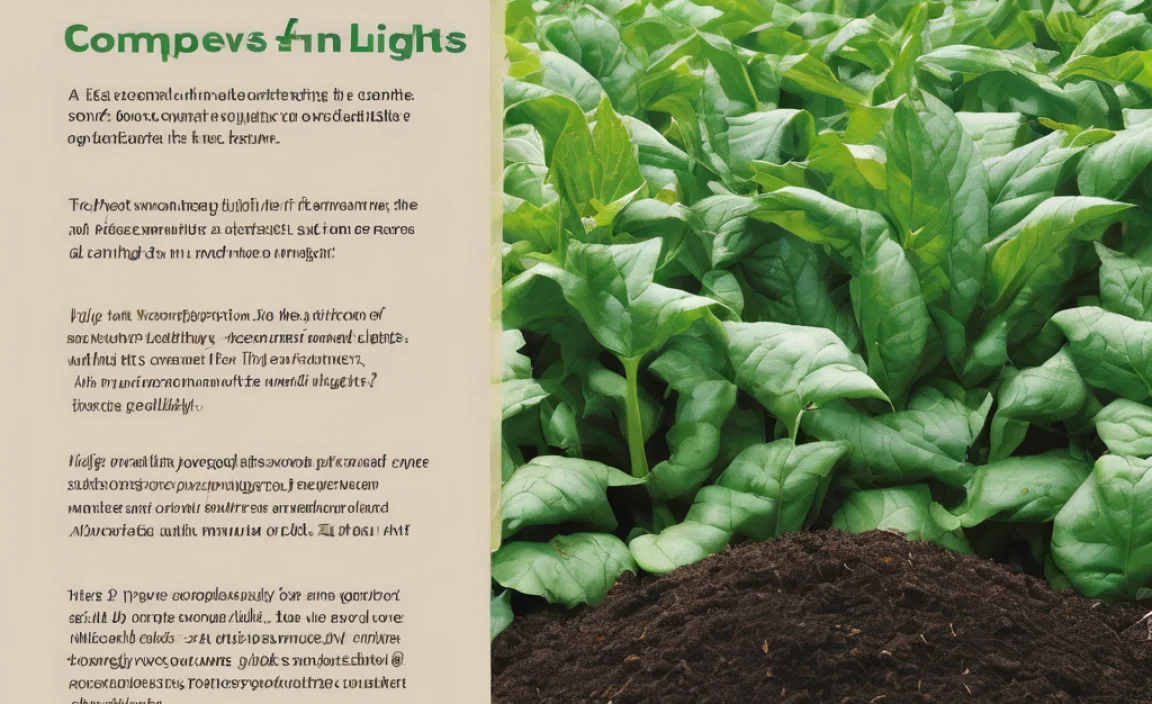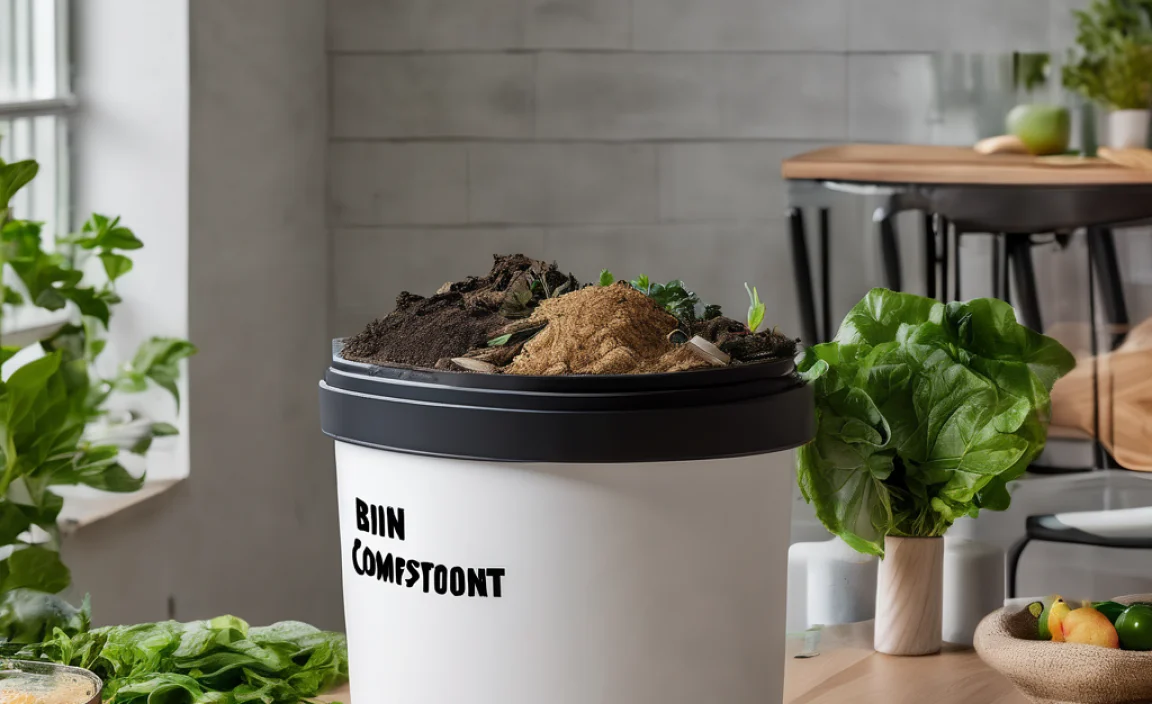Why Oceanic Crust Sinks Below Continental Crust: A Simple Explanation
Quick Summary: Oceanic crust sinks below continental crust because it’s denser and thinner. Think of it like this: a heavy rock sinks in water while a lighter piece of wood floats. The Earth’s crust behaves similarly, with the denser oceanic crust diving beneath the less dense continental crust in a process called subduction.
Ever wondered why the Earth’s surface isn’t just one flat layer? It’s all thanks to the way our planet’s crust is structured! One of the most fascinating processes is how oceanic crust dives beneath continental crust. This happens at subduction zones, and it’s responsible for many of the Earth’s most dramatic features, like volcanoes and deep-sea trenches. It might sound complicated, but it’s really a matter of density and the way different types of crust interact. Ready to learn why and how this happens? Let’s dive in!
Understanding Earth’s Crust
Before we can understand why oceanic crust sinks, we need to know what Earth’s crust is all about. The Earth’s crust is the outermost solid layer of our planet. It’s like the skin of an apple, but much more dynamic and complex. There are two main types of crust: oceanic and continental.
Oceanic Crust
Oceanic crust is the part of the Earth’s crust that lies beneath the oceans. Here are some key characteristics:
- Composition: Primarily made of basalt, a dark and dense volcanic rock.
- Thickness: Relatively thin, usually around 5-10 kilometers (3-6 miles) thick.
- Density: Denser than continental crust, averaging about 3.0 g/cm³.
- Age: Generally younger than continental crust, as it is constantly being created and destroyed at plate boundaries.
Continental Crust
Continental crust makes up the landmasses we live on. Here’s what you need to know:
- Composition: Made of a variety of rocks, including granite, which is less dense than basalt.
- Thickness: Thicker than oceanic crust, ranging from 30-70 kilometers (19-43 miles).
- Density: Less dense than oceanic crust, averaging about 2.7 g/cm³.
- Age: Can be very old, with some parts dating back billions of years.
Why Density Matters
Density is the key factor in understanding why oceanic crust sinks below continental crust. Density refers to how much mass is packed into a given volume. Denser materials are heavier for their size compared to less dense materials. Think about it this way: a stone sinks in water because it’s denser than water, while a piece of wood floats because it’s less dense.
In the case of the Earth’s crust, oceanic crust is denser than continental crust. This difference in density is primarily due to the different types of rocks they are made of. Basalt, which makes up oceanic crust, contains more iron and magnesium, making it heavier. Granite, which is common in continental crust, contains more lighter elements like silicon and aluminum.
The Process of Subduction
Subduction is the process where one tectonic plate slides beneath another. This usually happens when an oceanic plate collides with a continental plate. Because oceanic crust is denser, it sinks into the Earth’s mantle beneath the less dense continental crust. Here’s a step-by-step breakdown:
- Plate Collision: An oceanic plate and a continental plate move towards each other.
- Bending and Sinking: The denser oceanic plate bends downward and starts to descend into the mantle. This bending creates a deep-sea trench at the boundary between the two plates.
- Melting and Magma Formation: As the oceanic plate sinks deeper into the mantle, the increasing temperature and pressure cause it to melt. This molten rock, or magma, is less dense than the surrounding mantle and begins to rise.
- Volcanic Activity: The rising magma can eventually reach the surface, leading to volcanic eruptions. This is why many volcanoes are found along subduction zones.
- Earthquakes: The movement and interaction of the plates also cause earthquakes. These earthquakes can be very powerful, especially near subduction zones.
To make it clearer, here’s a table summarizing the differences and effects:
| Feature | Oceanic Crust | Continental Crust | Effect of Subduction |
|---|---|---|---|
| Density | Denser (3.0 g/cm³) | Less Dense (2.7 g/cm³) | Oceanic crust sinks |
| Thickness | Thinner (5-10 km) | Thicker (30-70 km) | Deep-sea trenches form |
| Composition | Basalt | Granite and other rocks | Magma forms, leading to volcanoes |
| Age | Younger | Older | Earthquakes occur |
Evidence of Subduction
We don’t just believe subduction happens—we have plenty of evidence to support it. Here are a few key pieces of evidence:
- Deep-Sea Trenches: These are the deepest parts of the ocean, formed where the oceanic plate bends downward. The Mariana Trench, for example, is a prime example of a trench formed by subduction.
- Volcanic Arcs: Chains of volcanoes often form parallel to subduction zones. The Andes Mountains in South America are a result of the Nazca Plate subducting beneath the South American Plate.
- Earthquake Patterns: Earthquakes occur at various depths along subduction zones. The pattern of these earthquakes helps scientists map the path of the subducting plate.
- Geochemical Data: The chemical composition of volcanic rocks provides clues about the materials that are melting deep within the Earth. This data supports the idea that oceanic crust is being recycled back into the mantle.
Real-World Examples
Subduction zones are responsible for some of the most dramatic landscapes and geological events on our planet. Here are a few notable examples:
- The Pacific Ring of Fire: This is a major area in the basin of the Pacific Ocean where many earthquakes and volcanic eruptions occur. It’s caused by the subduction of multiple oceanic plates beneath surrounding continental plates.
- The Andes Mountains: As mentioned earlier, these mountains are a result of the Nazca Plate subducting beneath the South American Plate. This process has been ongoing for millions of years, creating the towering peaks we see today.
- The Japanese Archipelago: The islands of Japan are formed by the subduction of the Pacific Plate and the Philippine Sea Plate beneath the Eurasian Plate. This subduction zone is responsible for Japan’s frequent earthquakes and volcanic activity.
The Role of Plate Tectonics
Subduction is just one part of the larger theory of plate tectonics. Plate tectonics explains how the Earth’s lithosphere (the crust and the uppermost part of the mantle) is divided into several plates that move and interact with each other. These plates float on the semi-molten asthenosphere, which allows them to move slowly over time.
The movement of these plates is driven by convection currents in the mantle. Hot material rises from deep within the Earth, while cooler material sinks. This creates a cycle of movement that drags the plates along. At mid-ocean ridges, new oceanic crust is formed as magma rises to the surface and cools. At subduction zones, old oceanic crust is recycled back into the mantle.
Why This Matters to You
Understanding why oceanic crust sinks below continental crust isn’t just an abstract scientific concept. It has real-world implications for understanding natural hazards and the evolution of our planet.
- Earthquake Risk: Subduction zones are major sources of earthquakes, which can cause widespread destruction and loss of life. By understanding the processes that cause these earthquakes, we can better prepare for and mitigate their effects.
- Volcanic Activity: Volcanoes can also pose significant risks to human populations. Understanding how magma is generated at subduction zones can help us predict and manage volcanic eruptions.
- Land Formation: Subduction plays a key role in the formation of mountains, islands, and other landforms. By studying these processes, we can gain insights into the geological history of our planet.
- Resource Exploration: Many mineral deposits are associated with subduction zones. Understanding these geological settings can help us find and extract valuable resources.
Taking Action
While you can’t directly control the movement of tectonic plates, there are things you can do to stay informed and prepared:
- Stay Informed: Keep up-to-date with the latest news and information about earthquakes and volcanoes in your area. Reliable sources include the U.S. Geological Survey (USGS) and local emergency management agencies.
- Prepare an Emergency Kit: Having an emergency kit with essential supplies like food, water, and first aid can help you and your family stay safe in the event of an earthquake or volcanic eruption.
- Know Your Risks: Find out if you live in an area that is prone to earthquakes or volcanic activity. Understanding your risks can help you make informed decisions about where to live and how to prepare.
- Support Scientific Research: Support organizations and institutions that are working to better understand and predict natural hazards. Scientific research is essential for improving our ability to protect ourselves from these risks.
FAQ About Oceanic Crust and Subduction
1. What exactly is the difference between oceanic and continental crust?
Oceanic crust is thinner and denser, made mostly of basalt. Continental crust is thicker and less dense, made of various rocks like granite. Think of oceanic crust as the heavy floor of the ocean, and continental crust as the lighter landmasses.
2. Why is oceanic crust denser than continental crust?
Oceanic crust is denser because it contains more heavy elements like iron and magnesium in its basalt composition. Continental crust has more lighter elements like silicon and aluminum.
3. What happens to the oceanic crust when it subducts?
As oceanic crust sinks into the mantle, it heats up and eventually melts. This molten rock rises to the surface, often causing volcanic eruptions. So, old oceanic crust gets recycled back into the Earth.
4. Are there any places where continental crust subducts?
While it’s rare, continental crust can sometimes be forced under other continental crust during collisions, forming large mountain ranges like the Himalayas. This is different from oceanic subduction because continental crust is less dense and doesn’t sink as easily.
5. How does subduction cause earthquakes?
The movement of the plates sliding past each other creates friction and stress. When this stress is released suddenly, it causes earthquakes. Subduction zones are known for some of the largest and most powerful earthquakes on Earth.
6. Can subduction happen without causing volcanoes?
It’s uncommon, but yes. If the conditions aren’t right for the molten rock to reach the surface, it might not result in volcanic activity. However, subduction usually leads to magma formation and eventually volcanoes.
7. How can I tell if I live near a subduction zone?
If you live near a coastline with a deep-sea trench offshore, or in a region with frequent earthquakes and volcanoes, you’re likely near a subduction zone. Check geological maps and local hazard reports for more specific information.
Conclusion
Understanding why oceanic crust sinks below continental crust is fundamental to grasping how our planet works. It’s all about density, plate tectonics, and the constant recycling of Earth’s materials. This process shapes our landscapes, triggers natural hazards, and plays a crucial role in the Earth’s geological evolution. So, the next time you see a volcano or hear about an earthquake, remember the fascinating process of subduction that’s happening deep beneath your feet.





